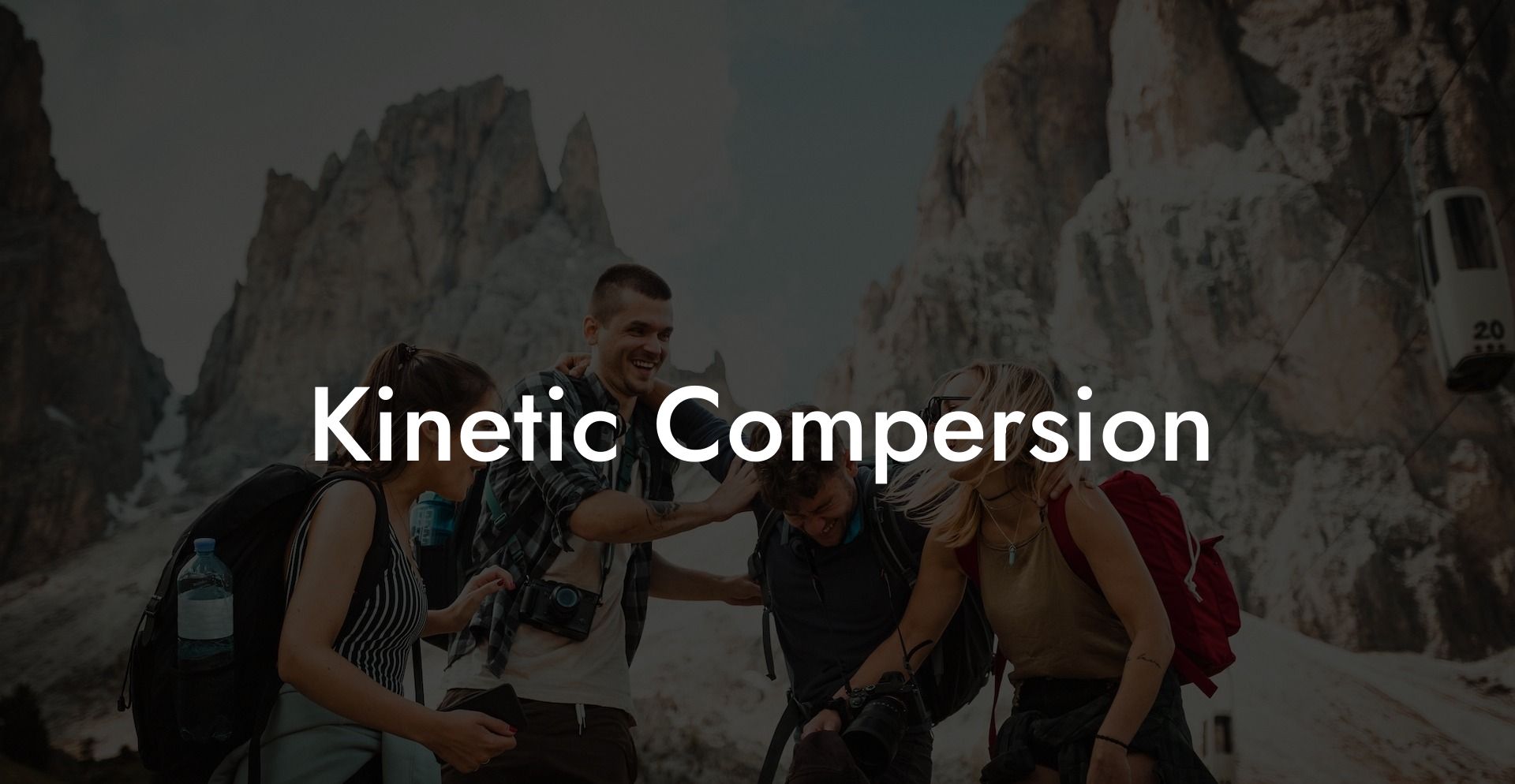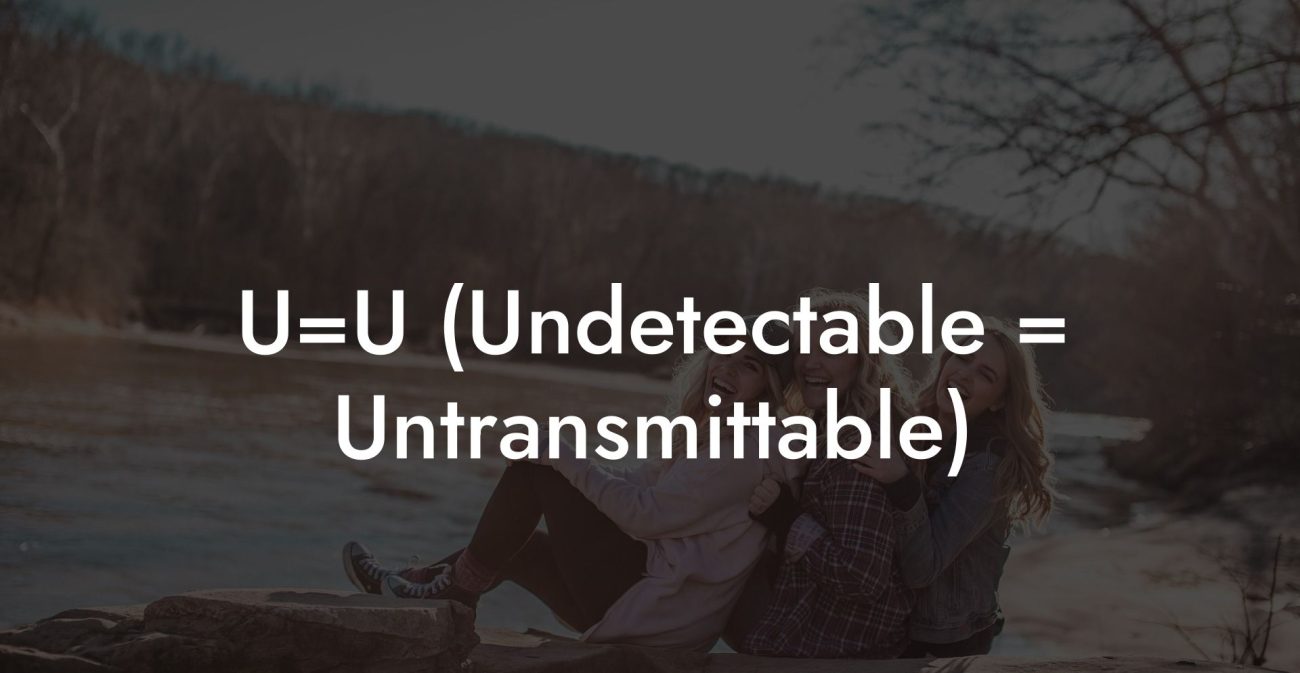Kinetic Compersion

Imagine a feeling so electrifying that when you witness your partner’s joy with someone else, instead of envy, you experience an exhilarating surge of shared happiness, a kinetic energy that radiates warmth and connection. Welcome to Kinetic Compersion, a cutting-edge concept in ethical non monogamy that transforms the traditional notion of compersion by adding an active, dynamic element to it. Here, the pleasure you feel isn’t static; it’s in constant motion, evolving with every new encounter, every smile, and every spark of connection. Get ready to explore a vibrant, energetic approach to shared joy that celebrates the movement and flow of positive emotions within your relationships.
Quick Links to Useful Sections
- The Ethical Non Monogamy Term: Kinetic Compersion
- What Is Kinetic Compersion?
- Core Principles of Kinetic Compersion
- A Quick Video Explanation
- Historical and Cultural Perspectives on Kinetic Compersion
- From Quiet Acceptance to Active Celebration
- Cultural Shifts in Modern Relationships
- Everyday Dynamics of Kinetic Compersion
- Living with Active Shared Joy
- Integrating Kinetic Compersion into Your Relationship Practice
- Benefits of Embracing Kinetic Compersion
- Enhanced Emotional Vitality
- Deepened Mutual Trust and Connection
- Personal Growth and Collective Empowerment
- Improved Communication and Conflict Resolution
- Challenges of Kinetic Compersion
- Managing the Intensity of Emotions
- Balancing Individual and Collective Needs
- Overcoming the Fear of Intense Vulnerability
- Navigating External Judgments and Societal Norms
- Frequently Asked Questions (FAQ)
- Resources and Community Support: Your Next Steps
The Ethical Non Monogamy Term: Kinetic Compersion
What Is Kinetic Compersion?
Kinetic Compersion takes the well-known concept of compersion, the empathetic joy you feel when your partner experiences happiness with someone else, and infuses it with a dynamic, energetic quality. Rather than a quiet, reflective pleasure, kinetic compersion is an active, pulsating celebration of connection. It’s the rush of energy that courses through you as you witness the flourishing of your partner’s intimacy, knowing that their joy reverberates through your own heart.
In ethical non monogamy, compersion has traditionally been described as a counterbalance to jealousy, a positive, affirming emotion that reinforces trust and connection. Kinetic Compersion amplifies this idea by emphasizing that the joy you experience is not passive; it’s kinetic, moving, and transformative. It highlights how shared pleasure can create a vibrant atmosphere where every emotional exchange is like a ripple in a pond, each ripple interconnected and full of life.
Core Principles of Kinetic Compersion
- Active Empathy: It’s about feeling your partner’s joy as if it were your own, not in a detached way, but with a sense of movement and energy that uplifts you both.
- Dynamic Connection: Emphasizes that emotions are not static; they flow and evolve. Kinetic compersion celebrates the fluid nature of connection in ethical non monogamy.
- Mutual Growth: When you experience kinetic compersion, you contribute to a cycle of collective empowerment, your joy reinforces your partner’s confidence and vice versa.
- Open Communication: Honest, transparent dialogue is essential for cultivating this energy, ensuring that every partner’s needs and pleasures are clearly understood and respected.
- Resilience Through Movement: The active, kinetic quality of compersion helps transform challenges into opportunities, making your relationships more resilient and adaptable over time.
- Celebratory Energy: Rather than suppressing or ignoring your emotional responses, kinetic compersion encourages you to celebrate them, turning every shared moment into a joyous, moving experience.
A Quick Video Explanation

Historical and Cultural Perspectives on Kinetic Compersion
From Quiet Acceptance to Active Celebration
The term compersion has its roots in the early discussions of polyamory, where it was used to describe the positive feelings one experienced when their partner found joy in another connection. Historically, this emotion was seen as a gentle counterpoint to jealousy, a quiet, reflective sense of shared happiness. Over time, as ethical non monogamy evolved, so did our understanding of these complex emotions.
With the rise of progressive relationship models during the sexual revolution and subsequent cultural shifts, the idea of compersion began to be reimagined. Instead of a static feeling, many began to experience it as a dynamic, almost physical sensation, a burst of energy that moved through them. This led to the emergence of kinetic compersion, a term that captures the active, vibrant nature of shared joy. Early adopters in non monogamous communities spoke of moments when witnessing their partner’s pleasure felt like a surge of adrenaline, transforming their internal experience into one of dynamic celebration.
Cultural Shifts in Modern Relationships
In today’s digital era, where the narratives of love and connection are constantly being redefined, kinetic compersion resonates strongly, especially among Millennials and Gen-Z. These generations are less inclined to view emotions as fixed states; instead, they embrace the fluid, kinetic nature of human connection. Social media, online communities, and relationship podcasts have all contributed to a broader, more nuanced understanding of compersion as not just a feeling but a moving force.
Modern relationship discourse now frequently highlights the benefits of sharing in each other’s joy, encouraging a more active, celebratory approach to non monogamy. Kinetic Compersion stands as a testament to this evolution, a term that not only acknowledges the beauty of shared pleasure but also underscores its transformative power in building resilient, dynamic relationships.
Everyday Dynamics of Kinetic Compersion
Living with Active Shared Joy
In practical terms, kinetic compersion means that your emotional responses are active and moving. It’s like the energy you feel during a high-intensity workout, powerful, contagious, and invigorating. When your partner experiences joy or pleasure with someone else, you don’t just feel a quiet satisfaction; you feel an electrifying surge of energy that motivates you to celebrate together.
Everyday practices that foster kinetic compersion might include:
- Shared Celebrations: Organize moments where you celebrate each other’s successes and pleasures, whether through a toast after a fulfilling encounter or a spontaneous dance party that captures that surge of joy.
- Active Check-Ins: Regularly discuss your emotional states and experiences, encouraging each other to share not just the challenges but also the bursts of joy that come from seeing your partner thrive.
- Movement and Mindfulness: Engage in activities that blend physical movement with emotional awareness, such as yoga, dance, or even brisk walks together, to help you stay attuned to the kinetic energy of your shared experiences.
- Creative Expression: Use art, music, or writing to channel and express the active, dynamic emotions you experience through kinetic compersion, transforming them into shared creative projects.
Integrating Kinetic Compersion into Your Relationship Practice
Integrating kinetic compersion into your daily life involves a commitment to recognizing and celebrating the active flow of positive emotions. This means not only appreciating the moments when your partner’s happiness uplifts you but also actively contributing to that joyful energy. Here are some ways to integrate this concept:
- Rituals of Celebration: Create rituals that highlight and commemorate shared moments of joy, reinforcing the dynamic nature of your connection.
- Dialogue and Reflection: Incorporate regular discussions about the energy you feel during these moments, using them as opportunities for deeper self-reflection and mutual encouragement.
- Feedback and Adaptation: Continuously seek feedback from your partners on how these experiences affect you, and be willing to adapt your practices to nurture that kinetic energy further.
Benefits of Embracing Kinetic Compersion
Enhanced Emotional Vitality
One of the most exhilarating benefits of kinetic compersion is the boost in emotional vitality it provides. When you actively share in your partner’s joy, you infuse your own life with energy and positivity, creating a ripple effect that enhances all your relationships.
- Dynamic Connection: The active, kinetic nature of your emotional responses creates bonds that are vibrant and continuously renewing.
- Increased Resilience: Sharing in positive energy builds a collective strength that helps you navigate challenges and setbacks more effectively.
Deepened Mutual Trust and Connection
When you experience kinetic compersion, you’re not just passively accepting your partner’s joy, you’re actively celebrating it. This shared celebration reinforces trust, as every partner sees that their happiness is genuinely valued and contributes to the collective well-being.
- Stronger Bonds: The active exchange of joy deepens emotional intimacy, leading to a more resilient and supportive network of relationships.
- Empowered Vulnerability: Embracing kinetic compersion encourages you to be more open and vulnerable, which further strengthens trust and connection.
Personal Growth and Collective Empowerment
Kinetic compersion fosters an environment of mutual empowerment where every shared moment of joy contributes to personal growth. As you witness and celebrate each other’s happiness, you develop a deeper understanding of your own emotional landscape and learn to harness positive energy for your own self-improvement.
- Increased Self-Awareness: Reflecting on the active energy you experience helps you understand your emotional triggers and desires more clearly.
- Collective Empowerment: As each partner grows from these shared experiences, the entire network becomes stronger, creating a cycle of positive reinforcement and mutual support.
Improved Communication and Conflict Resolution
The practice of kinetic compersion necessitates continuous, open dialogue, which can significantly enhance communication skills. When you regularly discuss the dynamic nature of your emotional experiences, you create a framework for addressing conflicts early and resolving them constructively.
- Proactive Conversations: Regular check-ins about shared joy and emotional responses help prevent misunderstandings and build empathy among partners.
- Effective Feedback: Constructive feedback during these moments enables everyone to fine-tune their interactions, leading to smoother conflict resolution and deeper understanding.
Challenges of Kinetic Compersion
Managing the Intensity of Emotions
The dynamic nature of kinetic compersion means that the emotions involved can sometimes be overwhelming. The surge of energy that comes with shared joy may also bring up complex feelings, especially if you’re not used to such open expression.
- Tip: Practice mindfulness and grounding techniques to help regulate intense emotions and maintain balance.
- Tip: Establish regular self-care routines to ensure that you’re emotionally equipped to handle the dynamic flow of shared joy.
Balancing Individual and Collective Needs
While kinetic compersion emphasizes shared energy, it’s important to balance this with your own individual emotional needs. Sometimes, the active flow of joy can mask underlying issues that require personal attention.
- Tip: Maintain regular one-on-one check-ins to ensure that your personal needs are not overshadowed by the collective energy.
- Tip: Reflect on your emotional state independently, using journaling or meditation to track your growth and identify areas for improvement.
Overcoming the Fear of Intense Vulnerability
Embracing kinetic compersion requires you to be open to the full spectrum of emotional intensity, which can be daunting if you’ve experienced hurt or betrayal in the past. The fear of being overwhelmed by your own vulnerability may sometimes hold you back.
- Tip: Start by embracing small moments of shared joy and gradually build up to more intense experiences as your comfort grows.
- Tip: Consider professional support or counseling to help you navigate and process intense emotional experiences in a safe, constructive manner.
Navigating External Judgments and Societal Norms
Despite a growing acceptance of ethical non monogamy, external judgment and traditional expectations can sometimes cast shadows over the practice of kinetic compersion. Such criticism may create doubts or pressure to conform to more conventional emotional responses.
- Tip: Build a strong, supportive community of individuals who value and practice kinetic compersion, reinforcing your own commitment to this dynamic approach.
- Tip: Focus on the personal and collective benefits of embracing kinetic compersion, and use external criticism as fuel for further growth and self-improvement.
Frequently Asked Questions (FAQ)
1. What is Kinetic Compersion?
Kinetic Compersion is the active, dynamic experience of shared joy in ethical non monogamy, where you feel an energized, moving pleasure from seeing your partner(s) happy with others. It transforms traditional compersion into a vibrant, kinetic force that enriches your emotional life.
2. How does Kinetic Compersion differ from traditional compersion?
Traditional compersion is often described as a calm, reflective joy, whereas kinetic compersion is characterized by a dynamic surge of energy, a physical and emotional response that feels like a powerful, moving force.
3. What are the core principles of Kinetic Compersion?
The core principles include active empathy, dynamic connection, mutual growth, open communication, resilience through movement, and celebratory energy.
4. How can I cultivate kinetic compersion in my relationships?
Cultivate kinetic compersion by engaging in regular, open dialogue with your partners, celebrating each other’s joys, and incorporating practices such as shared celebrations, mindfulness, and creative expression to harness the dynamic energy of positive emotions.
5. What benefits does kinetic compersion offer?
Benefits include enhanced emotional vitality, deeper trust, empowered vulnerability, personal growth, and a resilient, supportive network that collectively uplifts everyone’s experience of love.
6. What challenges might arise when practicing kinetic compersion?
Challenges include managing the intensity of emotions, balancing individual needs with collective energy, overcoming the fear of deep vulnerability, and navigating external judgment or societal expectations.
7. How important is communication in fostering kinetic compersion?
Communication is essential, it ensures that every surge of shared joy is understood, that boundaries are respected, and that the dynamic flow of positive energy is maintained among all partners.
8. Can kinetic compersion be applied to both monogamous and non monogamous relationships?
Yes, while it is most commonly discussed in the context of ethical non monogamy, the principles of kinetic compersion can enhance any relationship by promoting active, empathetic sharing of joy.
9. What role does mindfulness play in kinetic compersion?
Mindfulness helps you stay present and attuned to the dynamic flow of your emotions, allowing you to fully experience and manage the energetic surge of shared joy.
10. How do adaptive boundaries contribute to kinetic compersion?
Adaptive boundaries ensure that as the dynamic energy of kinetic compersion flows, your emotional needs and limits are continuously respected and renegotiated, keeping your relationships healthy and consensual.
11. How can shared creative experiences enhance kinetic compersion?
Collaborative activities, such as art projects, dance, or music, provide a physical and emotional outlet for kinetic compersion, amplifying the energy of shared joy and fostering deeper, creative connections.
12. Where can I find additional resources on kinetic compersion?
Additional resources include books like The Ethical Slut by Dossie Easton & Janet Hardy, podcasts such as Multiamory, and online communities like r/polyamory that explore dynamic, innovative approaches to shared intimacy.
Resources and Community Support: Your Next Steps
- The Ethical Slut by Dossie Easton & Janet Hardy – A foundational text that delves into the principles of ethical non monogamy and offers insights into cultivating active, dynamic shared joy.
- Podcasts: Listen to Multiamory and related shows for personal stories, expert advice, and practical strategies on nurturing kinetic compersion.
- Online Communities: Engage with forums like r/polyamory to share experiences, ask questions, and connect with others who celebrate dynamic forms of intimacy.
- Workshops and Webinars: Attend events on relationship psychology, ethical non monogamy, and creative intimacy to deepen your understanding and expand your support network.
- Therapy and Counseling: Consider professional guidance if you need help managing complex emotions or navigating the challenges of embracing deep, kinetic shared joy.
By exploring these resources and incorporating the practical strategies outlined in this guide, you can harness the transformative power of Kinetic Compersion. Embrace the dynamic flow of shared joy, celebrate every surge of positive energy, and let your relationships evolve into a vibrant, ever-moving tapestry of authentic connection.
Lost & confused by all of the terms, types and seemingly made up 3 letter acronyms?? We've got you. Check out our Ethnical Non-Monogamy Dictionary >>
Useful Interruption: Not sure which relationship vibe fits you best? Take our Relationship Test, it’ll give you the real insight into your natural relationship style. Then, dive into our binge-worthy guides (from the tried-and-true to the “wait, that’s a thing?”) and find the perfect relationship type for your life:
- Monogamy
- Open Relationships
- Ethical Non-Monogamy
- Solo Polyamory
- Non-Hierarchical Polyamory
- Hierarchical Polyamory
- Relationship Anarchy
- Swinging
Now back to the main article but yeah take the test...












